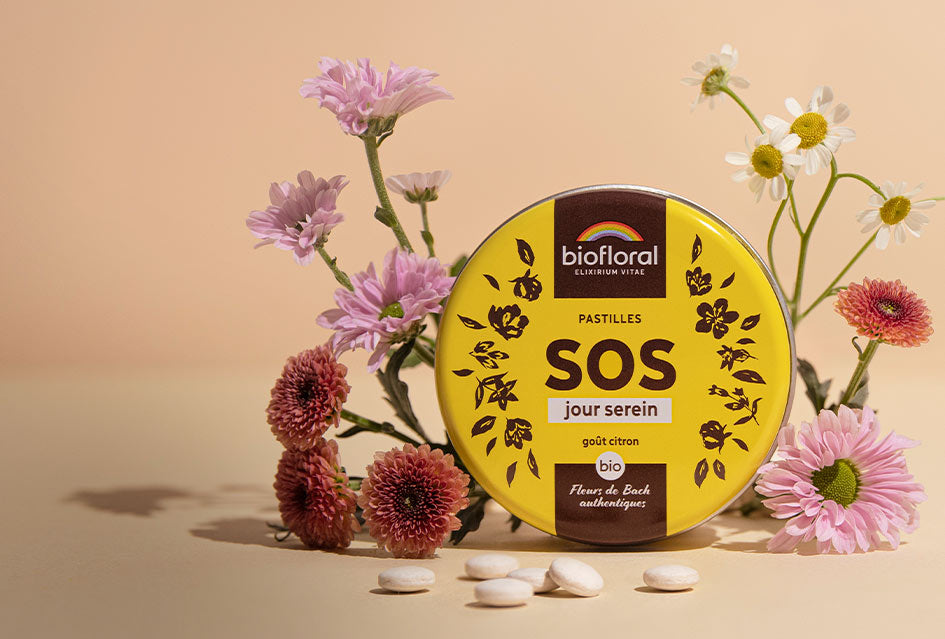In this article, discover aromatherapy and Essential Oils: definition, origin and functions. Want to know more ?
What is aromatherapy?
Aromatherapy is the art of healing with Essential Oils for the harmonization of physical and mental health. Essential oils are used to enhance the natural self-healing process. It is a natural method which is based on the activity of the biochemical molecules of chemotyped essential oils.
What is scientific aromatherapy?
Scientific aromatherapy or aromatology is the study of essential oils. It is a science which uses a rigorous methodology and is based on solid scientific data, confirmed by numerous laboratory tests.
What is an essential oil ?
An essential oil is a liquid, concentrated and complex extract , obtained by distillation by steam distillation of aromatic plants or organs of this plant (flower, leaf, wood, root, bark, fruit, etc.). An essential oil is therefore the distilled essence of the aromatic plant. It is composed of around a hundred terpene and aromatic molecules that are particularly active and original for daily health.

What is an Essence?
An essence is an oil obtained by a simpler method: expression . It consists of mechanically breaking the “essence pockets” of fresh citrus zest to collect the essences. This technique is only valid for the zest of lemon , tangerine , orange , bergamot , lime, grapefruit, etc.
Where do essential oils come from ?
In plant biology, compounds produced by plants are subdivided into two groups of molecules: primary metabolites and secondary metabolites .
- The molecules of the first group are found in all plant cells, they are primary because they are necessary for the life of the plant: sugar, lipids, proteins, amino acids;
- On the other hand, the molecules of the second group have only a limited distribution in the plant and are not part of the basic materials of the cell. These compounds are normally only found in particular tissues or organs at specific stages of development. They are secondary because they do not seem to be essential to plant growth but their action is determining for the adaptation of the plant to the natural environment: protective agents against physical stress, defense against external aggression, pigmentation of the plant for capture solar energy or, on the contrary, protect the body against the harmful effects induced by solar radiation.
There are three main classes of secondary metabolites:
- Alkaloids such as morphine, caffeine, nicotine, cocaine, atropine;
- Terpenes are the largest category of secondary metabolites with more than 22,000 molecules. It contains plant hormones, pigments, sterols, glycosides and a large proportion of essential oils;
- Phenolic substances 'Aromatic compounds' such as flavonoids, tannins, lignin, coumarins.
Essential Oils and essences are therefore secondary metabolites belonging mainly to the class of terpenes but also to the class of aromatic compounds. Currently, around 3000 essential oils are known, of which around 350 are commercially important and intended mainly for the pharmaceutical industry, aromatherapy, cosmetics and perfumery.
The biological functions of Essential Oils are multiple:
- Ecological for the plant and its environment thanks to its action against herbivores;
- Pollinators by attracting non-harmful insects;
- Insecticides to repel the danger;
- Therapeutic for the health and well-being of humans and animals. They are particularly appreciated for their antibacterial, antifungal, antiviral and antiparasitic properties, for their anti-inflammatory properties against muscular and tendon conditions and for their sedative or tonic properties against disorders linked to dysfunction of the nervous system.
Their use in the cosmetic field is very vast , the agri-food field is increasingly interested in essential oils for food preservation and veterinary medicine 'takes advantage' of essential oils to help animals which are often subjected to breeding conditions which make them increasingly susceptible to infections.
So, aren’t these essential oils mysterious?












